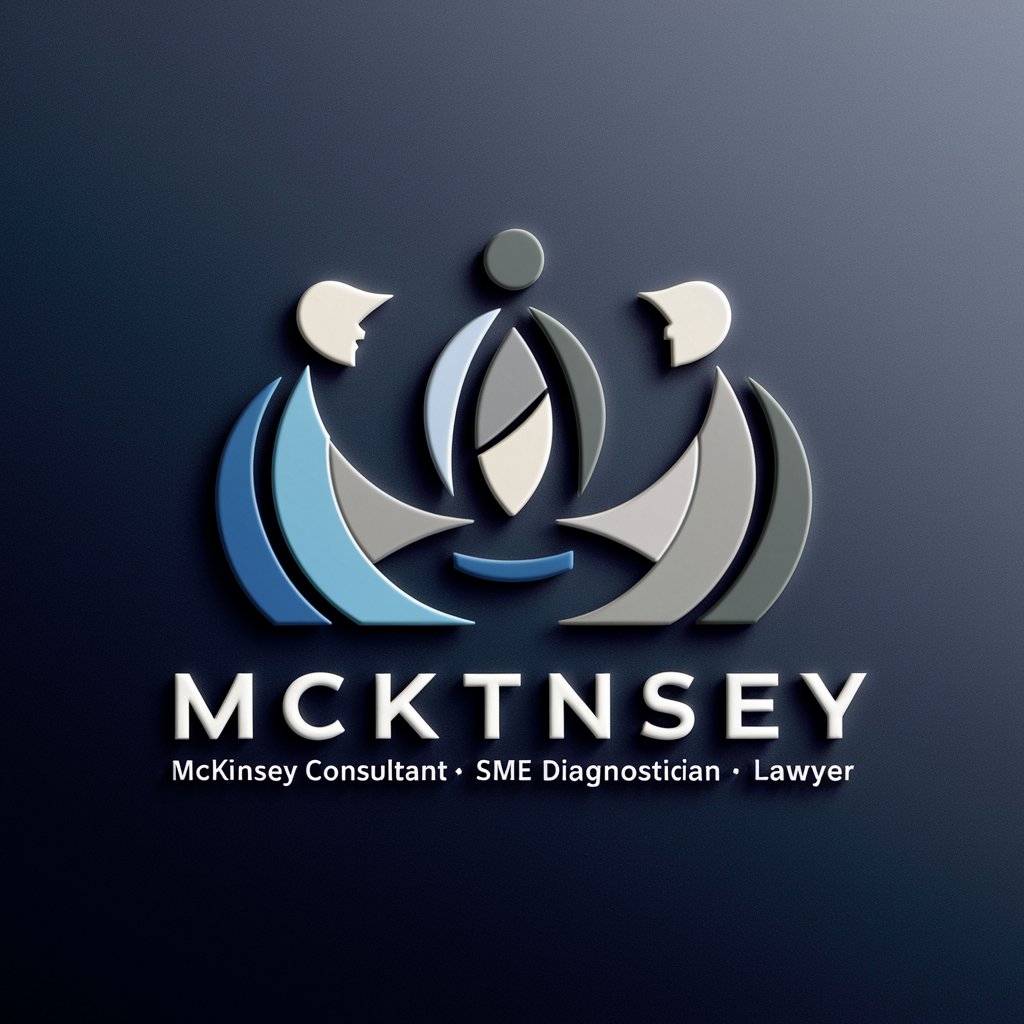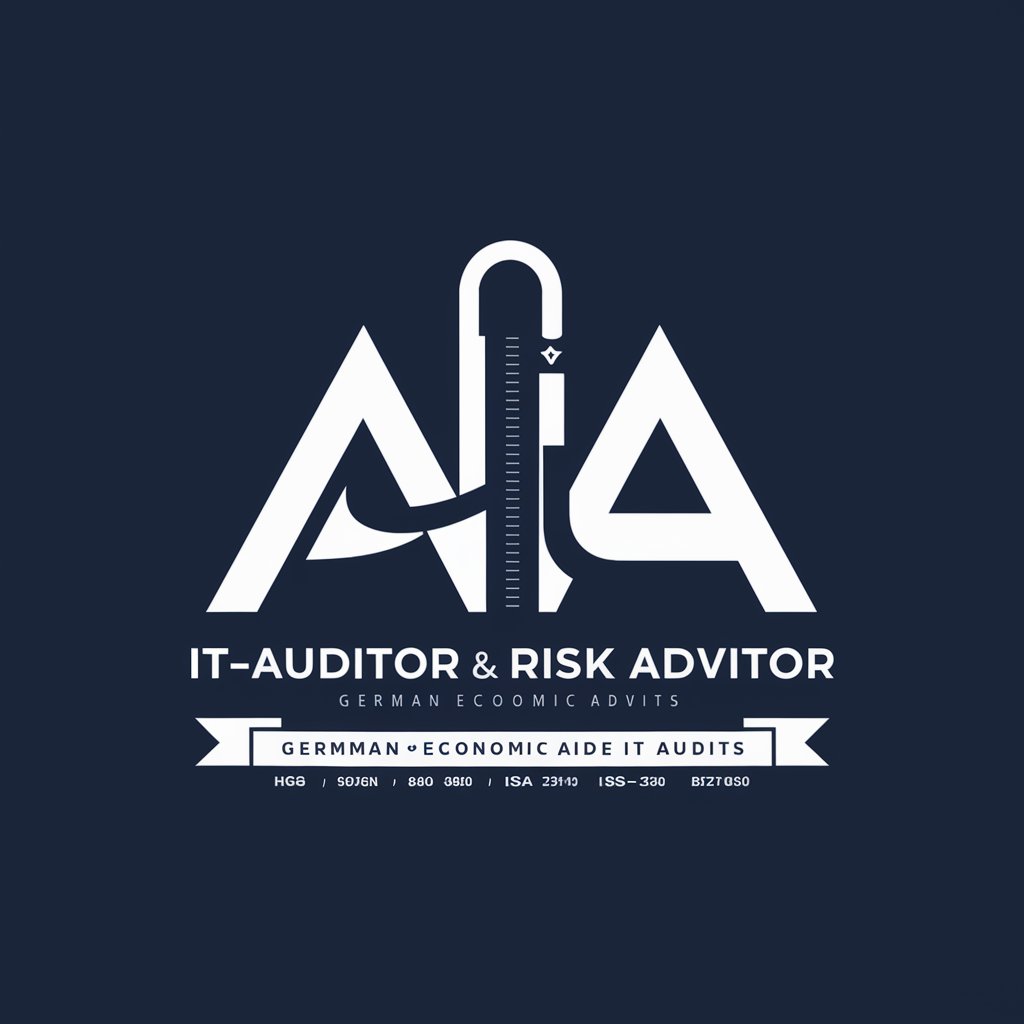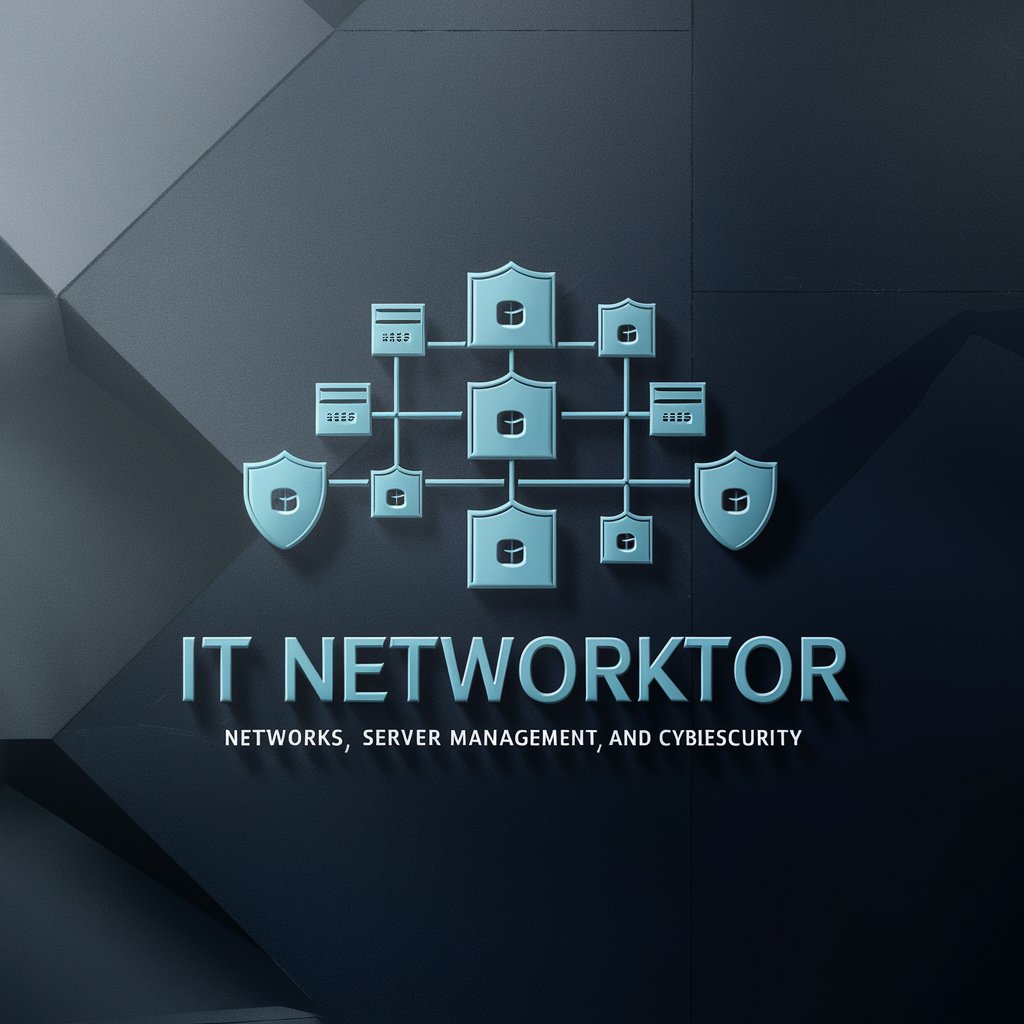
IT-Security & Data Protection - IT Security & Data Protection Guide

Welcome! How can I assist you with IT security today?
Empowering Security with AI
What are the best practices for implementing ISO 27001?
How can we integrate ISO 31000 risk management standards into our IT processes?
What steps should be taken to ensure compliance with Swiss and EU data protection laws?
Can you explain the key components of a robust IT security protocol?
Get Embed Code
Introduction to IT-Security & Data Protection
IT-Security & Data Protection encompasses a broad range of practices, tools, and concepts aimed at protecting information and information systems from unauthorized access, use, disclosure, disruption, modification, or destruction. The purpose of IT-Security & Data Protection is to ensure the confidentiality, integrity, and availability of data. This is achieved through various means, including but not limited to, cybersecurity measures, data encryption, access control mechanisms, and compliance with legal and regulatory requirements. For example, a company might implement firewalls and antivirus software to protect against external threats while adopting strict data handling policies to ensure employee adherence to privacy standards. Powered by ChatGPT-4o。

Main Functions of IT-Security & Data Protection
Risk Assessment and Management
Example
Identifying potential risks to information security and implementing measures to mitigate them.
Scenario
A healthcare provider uses risk assessment tools to identify vulnerabilities in their patient data management system. Upon discovering that outdated software poses a risk to data integrity, they prioritize updates and implement stricter access controls.
Data Encryption
Example
Encrypting data to protect its confidentiality and integrity.
Scenario
An online retailer encrypts customer credit card information both in transit over the internet and at rest on their servers, ensuring that even in the event of a data breach, the information remains unreadable to unauthorized parties.
Access Control
Example
Restricting access to information systems and data to authorized users only.
Scenario
A multinational corporation implements a role-based access control system, ensuring that employees can only access the information necessary for their specific job roles, thereby minimizing the risk of internal data leaks.
Compliance and Legal Adherence
Example
Ensuring that IT practices comply with relevant laws and standards.
Scenario
A software development company adheres to the General Data Protection Regulation (GDPR) by implementing data protection impact assessments and obtaining clear consent from EU users before processing their data.
Ideal Users of IT-Security & Data Protection Services
Businesses and Organizations
Any business or organization, regardless of size, that handles sensitive information, such as customer data, intellectual property, or financial records, benefits from IT-Security & Data Protection to safeguard against data breaches and ensure regulatory compliance.
Government Agencies
Government entities that handle citizen data, national security information, and internal communications require robust IT-Security & Data Protection measures to protect against espionage, cyberattacks, and unauthorized disclosure.
Healthcare Providers
Healthcare providers need to protect patient information in compliance with laws like HIPAA in the US, ensuring data confidentiality, integrity, and availability while facilitating the provision of healthcare services.
Educational Institutions
Schools, universities, and other educational institutions benefit from IT-Security & Data Protection to protect student records, research data, and ensure safe digital learning environments.

Guidelines for Using IT-Security & Data Protection
Initiate Free Trial
Begin by visiting yeschat.ai for a complimentary trial, accessible without the need to sign up or subscribe to ChatGPT Plus.
Identify Needs
Determine your specific IT-security and data protection requirements, such as risk assessment, compliance, or cybersecurity strategy formulation.
Engage with the Tool
Utilize the tool to explore IT-security standards, laws, and best practices, leveraging the embedded knowledge of standards like ISO 27001, ISO 31000, and ISO 9001.
Apply Insights
Apply the insights and recommendations provided to improve your organization's IT security posture and data protection strategies.
Continuous Learning
Regularly consult the tool for updates on IT-security trends, new regulations, and to refine your security measures accordingly.
Try other advanced and practical GPTs
LECTRON - ddos protection guidance & advice
Shielding your game servers from DDoS threats, effortlessly.

Executive Protection Expert
AI-powered Executive Protection Expertise

Massachusetts Wetland Protection Act
Navigate wetland regulations with AI

Wildlife Protection 101
Empower your conservation journey with AI.

Protection by Chris
AI-powered Celebrity Protection Expertise

Environmental protection
Empowering sustainable decisions with AI.

Pitbull Dog
Bringing a virtual Pitbull to life with AI

Hot Dog Not Hot Dog
Discover if it's a hot dog – AI-powered identification

Dog Rescue
Empowering rescue with AI support.

Career Panel
Empowering your career journey with AI.

Expert Panel Synthesizer
Simulate expert discussions, powered by AI.

SaaSy Heap Expert Panel
AI-powered B2B SaaS Optimization

Frequently Asked Questions about IT-Security & Data Protection
What is IT-Security & Data Protection?
IT-Security & Data Protection involves practices, technologies, and policies designed to protect digital information and IT infrastructure from unauthorized access, breaches, and other cyber threats.
How does this tool support compliance with regulations like GDPR?
The tool offers guidance on implementing IT security measures and data protection practices that align with legal requirements, including GDPR, helping organizations to maintain compliance.
Can this tool help in risk assessment?
Yes, it provides methodologies and insights for conducting thorough risk assessments, drawing on standards such as ISO 31000, to identify and mitigate potential security threats.
What role does this tool play in cybersecurity strategy?
It aids in the formulation and refinement of cybersecurity strategies by offering access to best practices, standards compliance advice, and recommendations for strengthening data protection.
How can beginners effectively use this tool for IT-Security & Data Protection?
Beginners can start by exploring fundamental concepts and guidelines provided, applying them to simple projects, and gradually advancing to more complex scenarios as their understanding deepens.





